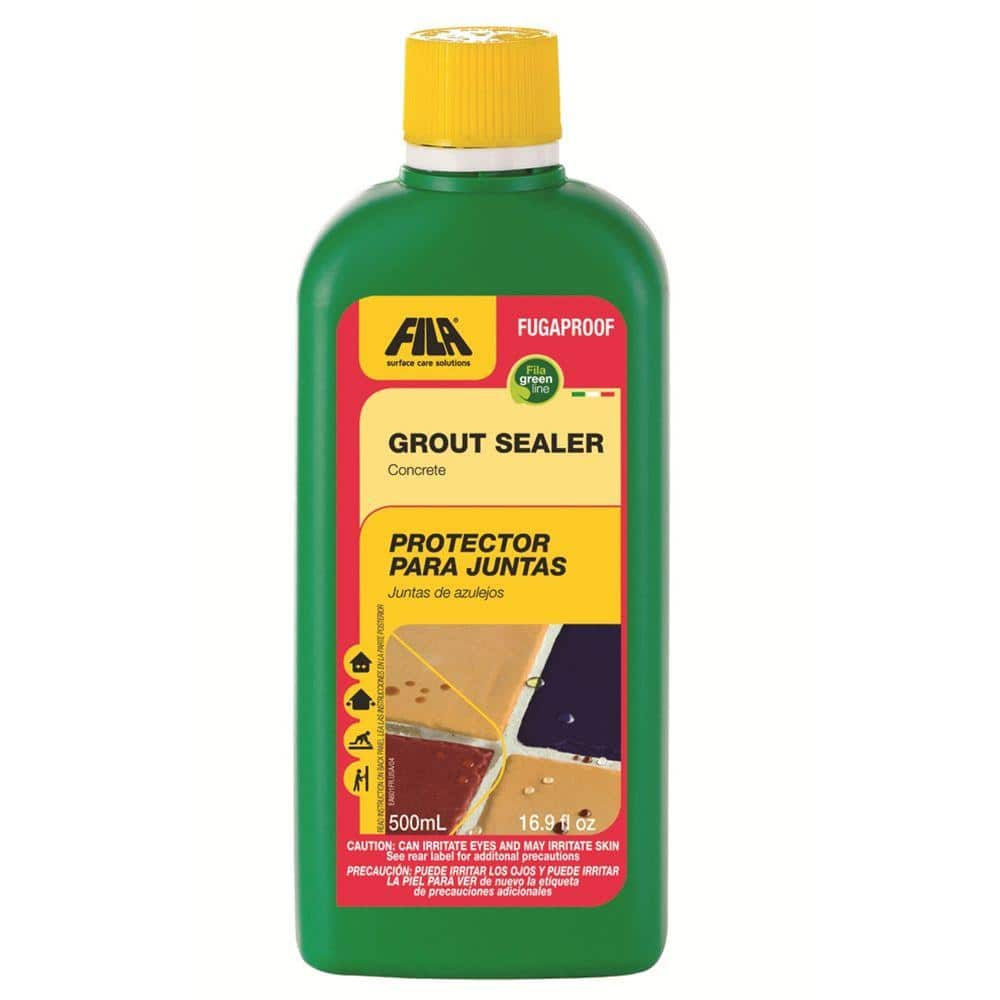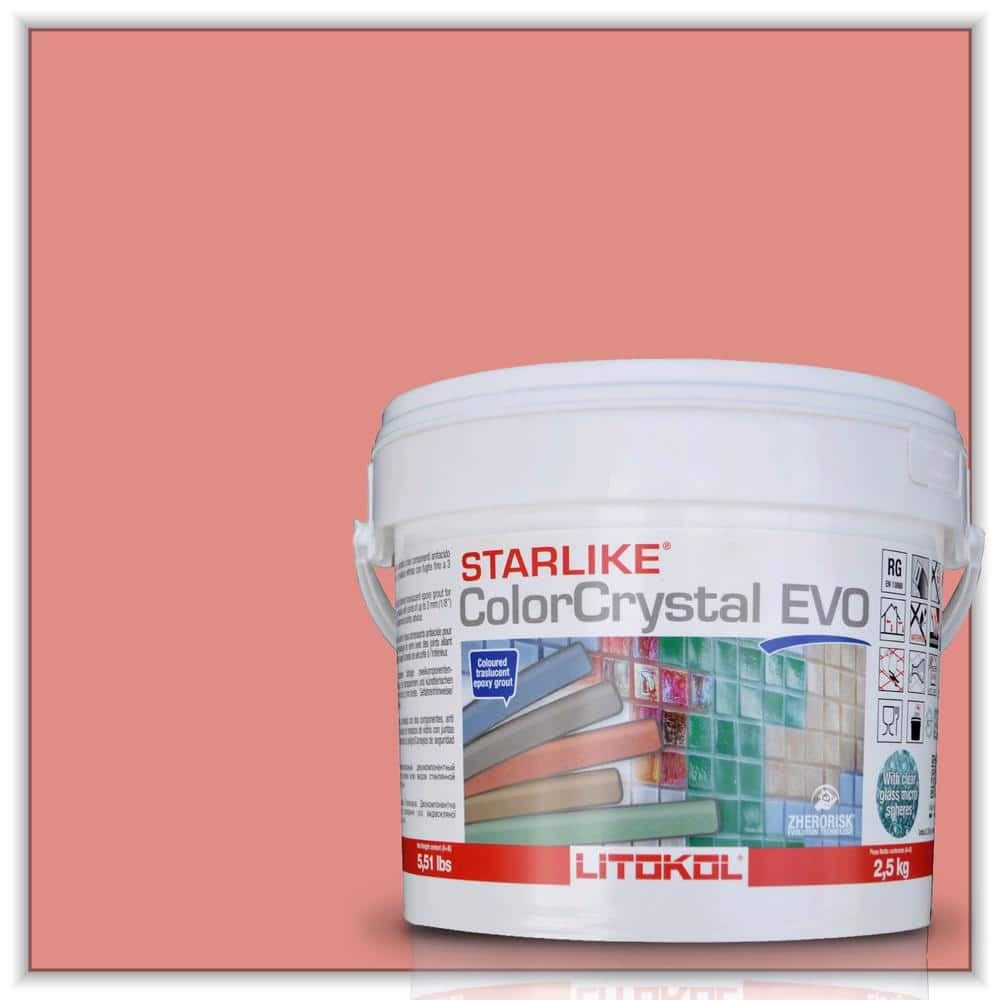Types of Grout

Last updated July 24, 2024
Although similar, there’s a difference between mortar and tile setting grout. Mortar is thicker and used for laying bricks or stones. Grout is thinner and used as joint filler between tiles. There are several different types of grout. Read on to find the best grout for your next DIY project.
Table of Contents
What Is Grout?
Different Types of Grout
How to Choose Grout
Grout with Special Features
Grout and Tile Protection
Grout Maintenance Tips
What Is Grout?

If you have tile or want to install tile, you may have some questions about grout. What is grout? What is it made of? Why do we use it?
Grout is a thick substance that, when not dry, is the consistency of smooth peanut butter or thick cake batter. It’s applied using grout floats, and any excess is cleaned using a grout sponge. The base component of grout is either cement or epoxy resins. Varying amounts of water, sand, aggregates and hardeners are added to the base, creating different kinds of grout.
Grout is used to fill spaces, cracks, joints or gaps in materials like tile. Without it, a space or gap could allow the surrounding material to move and shift, causing damage to the either side of the space. Grout adds stability. Though there are some other uses, grout for tile is the most common use case.
Different Types of Grout

The most common types of grout are epoxy, sanded and unsanded.
Epoxy grout is made of resins, silica fillers, pigments and hardener.
Sanded and unsanded grouts are cementitious grouts. This means their main component is cement. Sanded and unsanded grouts can be used for almost any tiling project. However, they dry slowly. Give them time to cure and develop maximum strength and durability. Here’s some things to keep in mind when choosing grout:
- Appears and feels gritty.
- Contains large grains of sand to bond grout and prevent cracking.
- Is best for grout seams 1/8-inch or wider.
- Is not recommended for use in seams thinner than 1/8-inch. Sand particles can fill too much width and weaken the structure.
- Shrinks insignificantly as it dries.
Unsanded grout (non-sanded grout or wall grout):
- Contains very fine mineral particles.
- Has no noticeable grit and a smoother texture than sanded.
- Works best for narrow seams 1/6-inch to 1/8-inch wide.
- Is not recommended in seams wider than 1/8-inch. Unsanded grout tends to crack.
- Shrinks noticeably as it dries.
- Is waterproof and less porous than cementitious grouts.
- Works well for seams wider than 1/8-inch.
- Does not need to be sealed.
How to Choose Grout

The grout you select will vary based on what tile you’re using and where you’re installing it. Below are facts to consider, especially if you’re choosing between sanded vs. unsanded grout:
Sanded grout:
- Highly durable and stable enough to stand up to pressure.
- Ideal for interior flooring projects, especially high-traffic areas.
- Gritty and may scratch or scuff matte tile, stone or polished tile.
- The most affordable option for DIY projects.
Unsanded grout:
- Stickier and easier to work with than sanded grout.
- Perfect grout for tile on walls or vertical surfaces.
- Smooth and won't scratch soft, smooth or polished tile and stone.
Epoxy grout:
- Waterproof, durable, stain- and shrink-resistant.
- The best grout in shower walls, backsplashes and other surfaces susceptible to moisture or stains.
- Ideal for use with unglazed and other tiles.
- Quick drying, making it more difficult to work with.
- Prone to yellowing when exposed to sunlight.
When selecting grout for tile installation, consider other factors in your decision:
- The width of the joints between tiles. Sanded grout is better for spaces larger than 1/8 of an inch because unsanded grout shrinks during the curing process. Use unsanded or epoxy grout for spaces smaller than 1/8 of an inch.
- Grout is also for creating a nice-looking finish to your tile, so its color is important. Dark colors can hide stains and look cleaner even when dirty, but they also fade over time. You may want to choose a color to match the tile or stand out.
Tip: Since there are so many options, creating a sample grout and tile section on a piece of plywood may help you decide.
Grout with Special Features

Epoxy and other types of grouts can have special features that make them low maintenance, easy to change or keep them looking new.
- Pre-colored grouts come in a variety of shades to match or complement tile. They usually also resist stains and fading.
- Mold or mildew resistant grouts contain anti-fungal or antimicrobial additives, making them easier to maintain.
- Moisture-resistant grouts have various levels of polymers that slow or prevent water penetration.
- No-sealing-required grout contains additives that can stop moisture and stains.
- High-performance cement grouts set quicker and are more durable than standard cement grouts, and they're also more expensive.
Grout and Tile Protection

Some types of grout are porous, so they can get stains more easily. This can also make it harder to clean them well. Grout sealers are an option once your installation is dry and cured.
- Penetrating sealer is absorbed into the grout, filling the porous structure. It’s used for grout in shower tiles and other wet areas.
- Membrane-forming grout sealers, also called non-penetrating sealers, form a thin layer on top of the grout. It can change the grout color. It only provides some protection against water and dirt, so it’s not the best choice in areas that are likely to get wet.
- Grout sealer is applied by using a brush, roller or spray.
- Epoxy grout doesn’t need to be sealed at all.
Grout Maintenance Tips

Prevention is the best cure for grout problems. Since cement grouts are especially porous, they can stain and are easily damaged by water. Make sure to use a penetrating grout sealer as soon as you finish installing your tile. Reseal existing sanded or unsanded grout every two years or so.
Follow manufacturer's instructions and allow the grout to dry, or cure, for the appropriate time before use. Typically, the time is 72 hours. Wait about a week before exposing it to moisture.
Keeping your grout free from mildew, mold and cracks requires regular maintenance and care. Wipe up any spills quickly and spot clean stains.
Although epoxy grouts can often handle harsh cleaning chemicals, it’s generally best to avoid them for every type of grout. Harsh cleaners can crack or cause grout to break down.
What is grout and what are the differences between grout types? Now that you understand the answers to those questions, you're probably ready to tackle any tile project. Check out colors and types on The Home Depot Mobile App. And remember, The Home Depot delivers online orders when and where you need them.




































